Discover 39 Mammillaria Cactus Types: Photos and Care Instructions
Have you ever been fascinated by the unique beauty of Mammillaria cacti? These captivating plants, with their short and cylindrical shape, are adorned with an array of small spines and vibrant flowers that bloom around their stems. While they are primarily found in Mexico, they can also be spotted in the United States, Colombia, Venezuela, and the Caribbean.
To help these remarkable cacti thrive and flourish, it’s crucial to provide them with the care they need and create favorable conditions for their growth. In this article, we’ll uncover the secrets to successfully nurturing Mammillaria cacti. We’ll explore various care techniques, learn about their specific requirements, delve into their remarkable growing features, and discover potential threats they might face. So, let’s embark on this journey together and unlock the mysteries of Mammillaria cactus care.
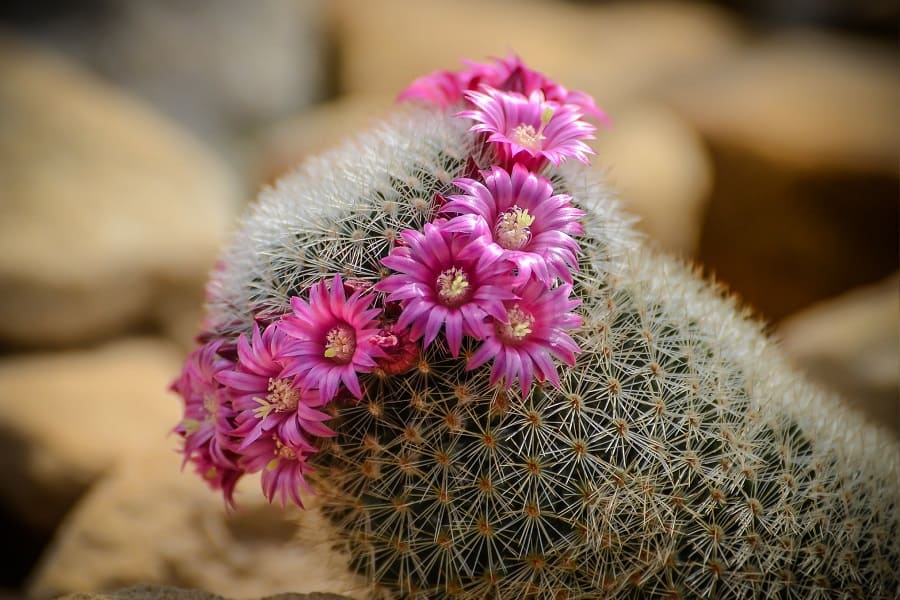
Related Post:
1,000 Types of Cacti with Pictures
Contents
Mammillaria Species Identification Chart
Among the vast array of cacti, Mammillaria varieties stand out for their captivating shapes and unique characteristics. With approximately 200 known species and varieties, each one has its own unique characteristics and charm. Let’s explore some of the most captivating and intriguing types:
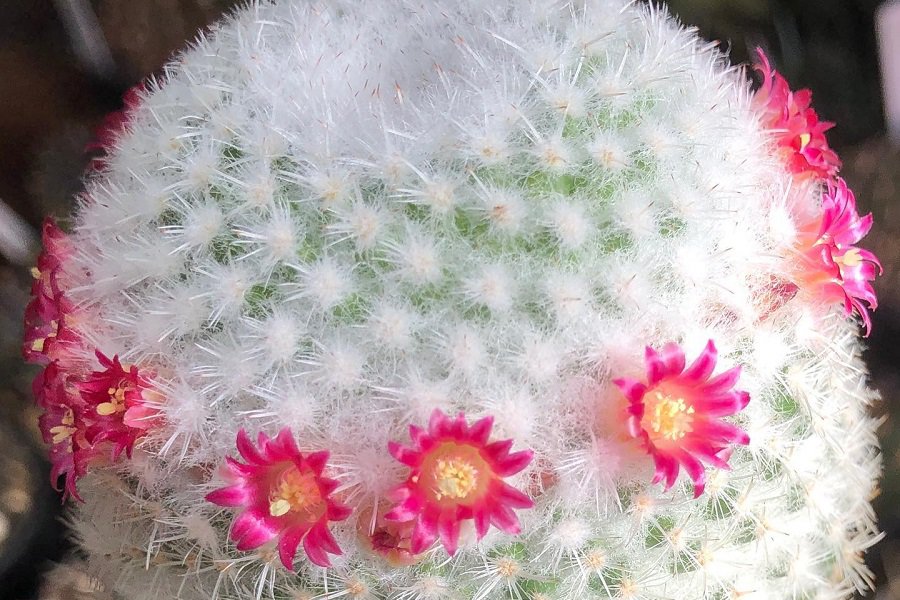
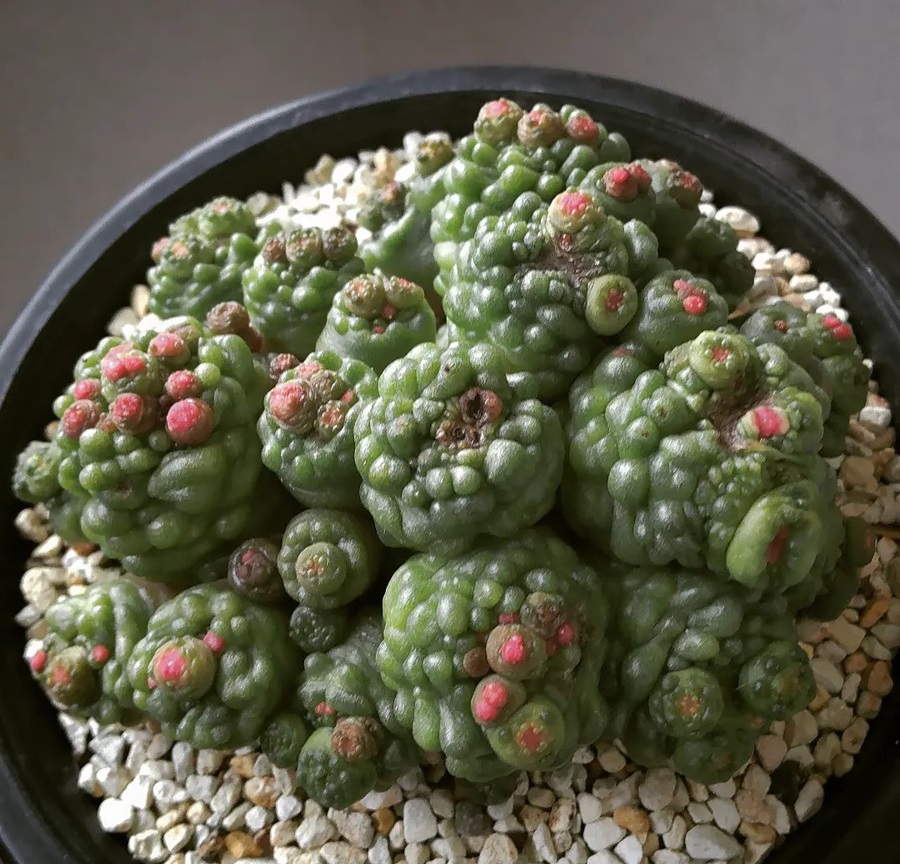
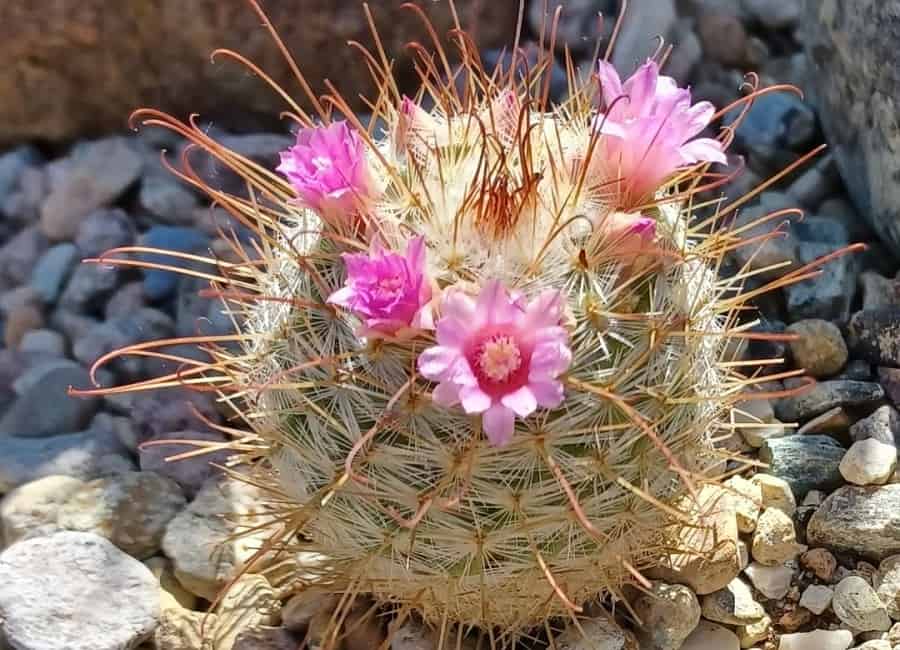
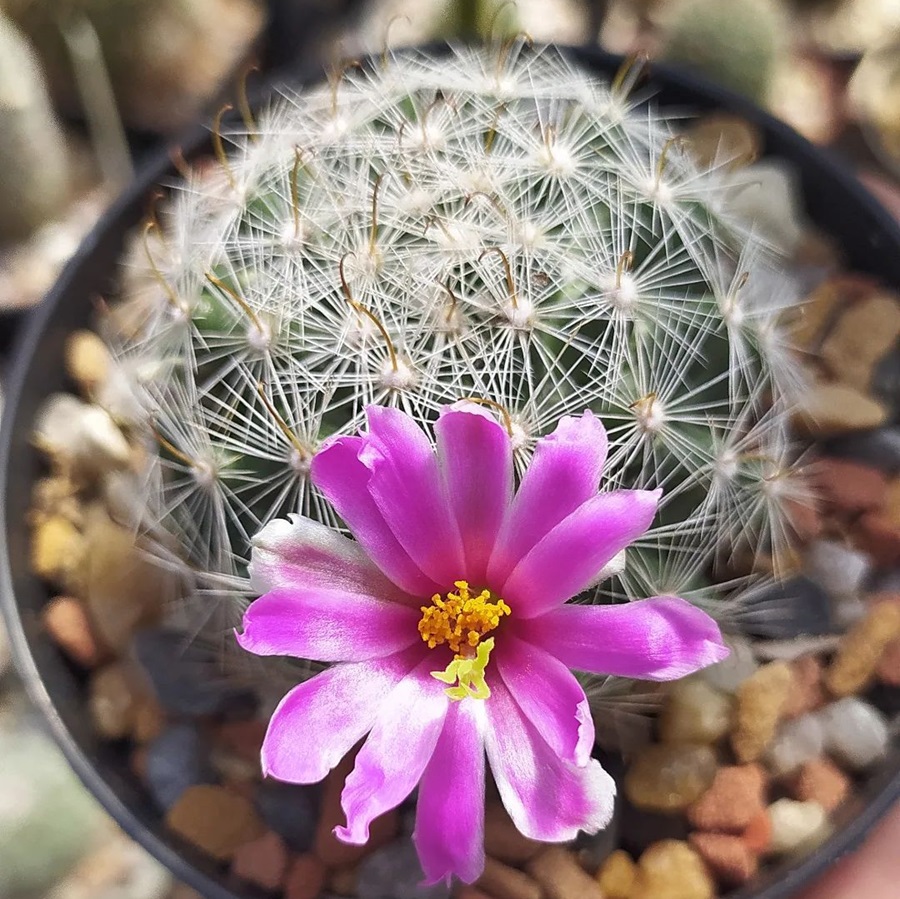
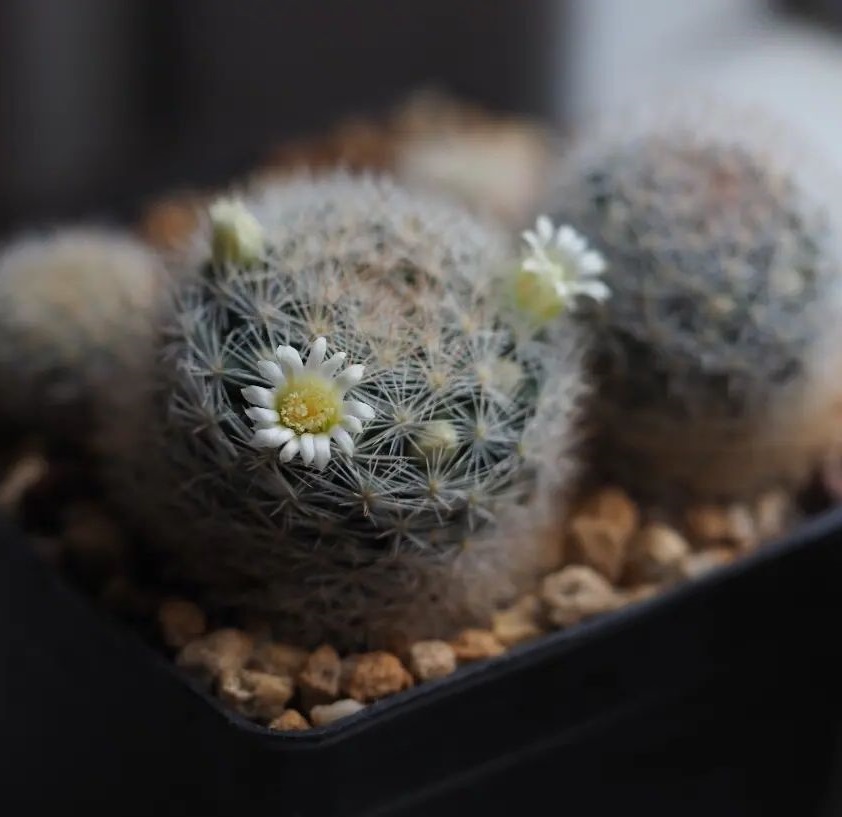
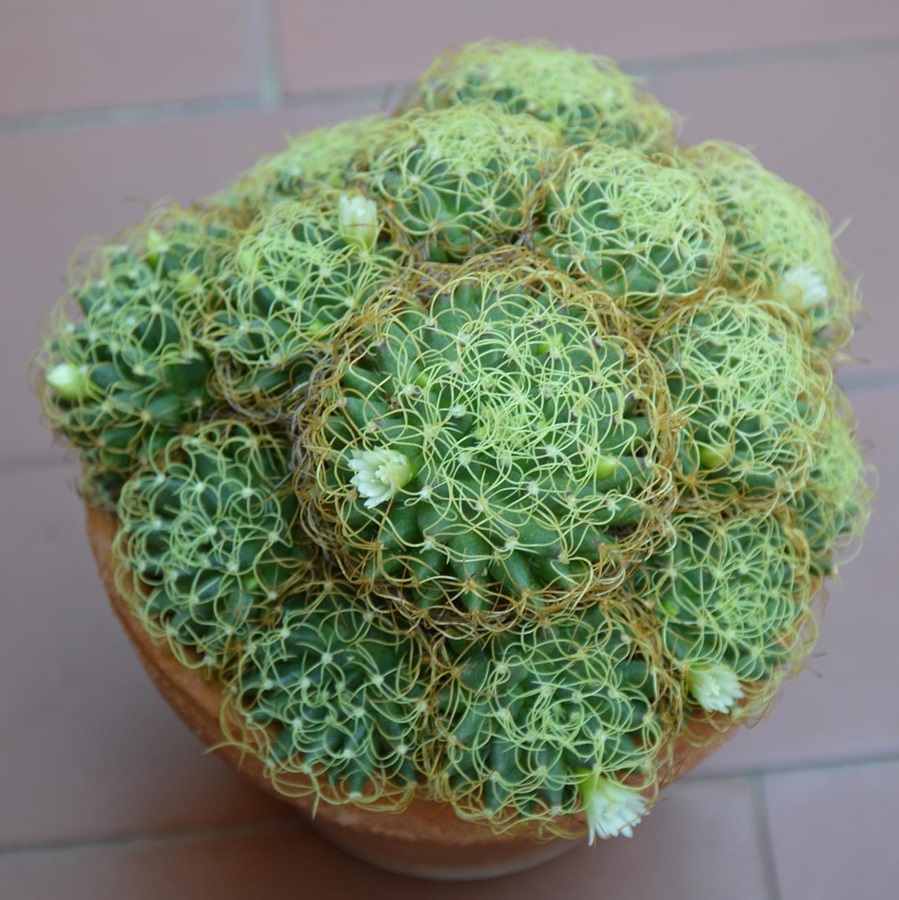
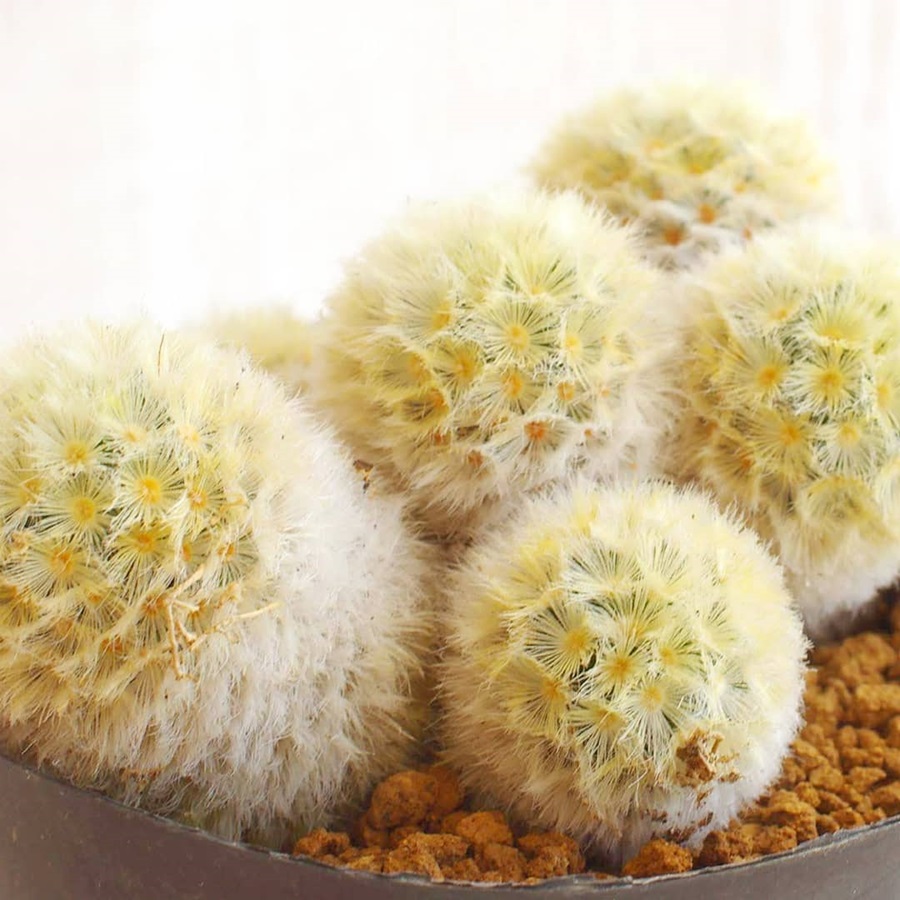
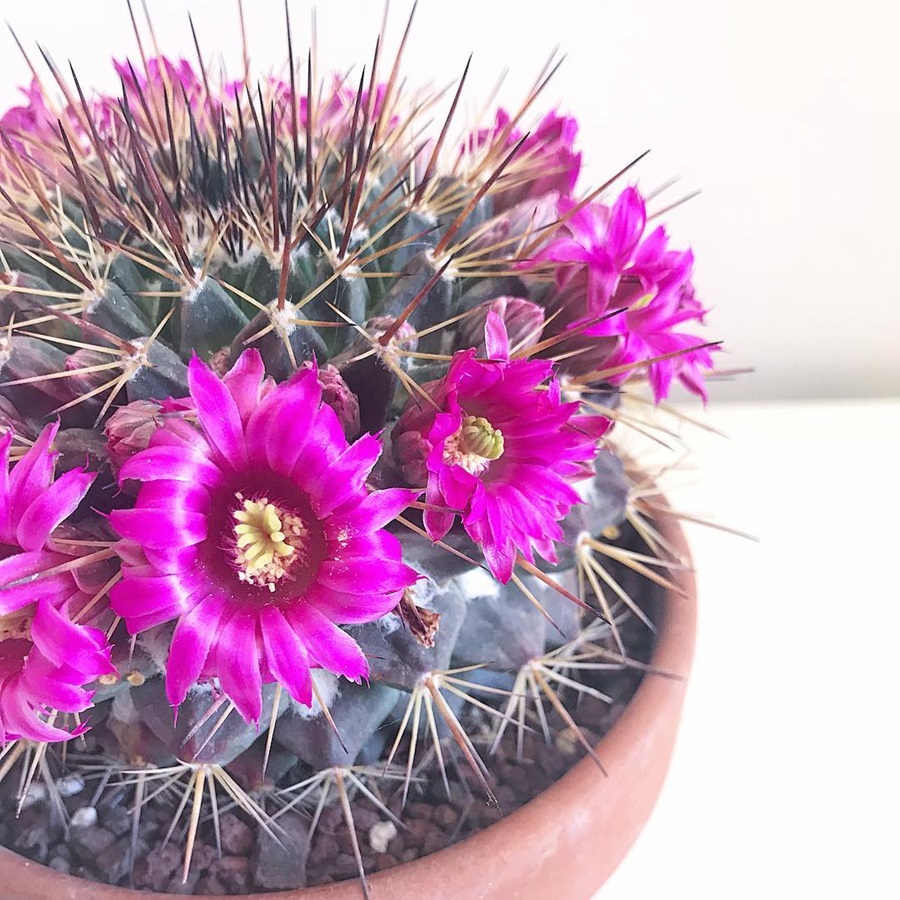
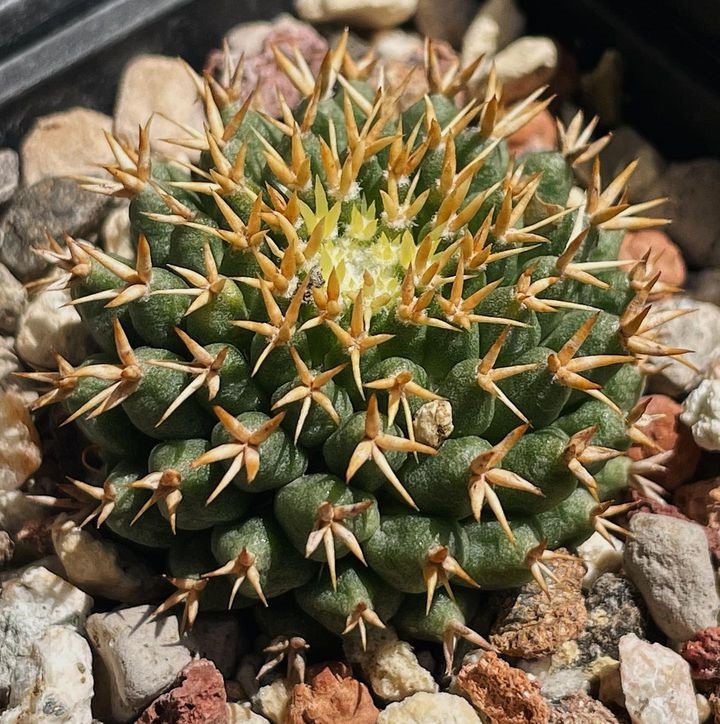
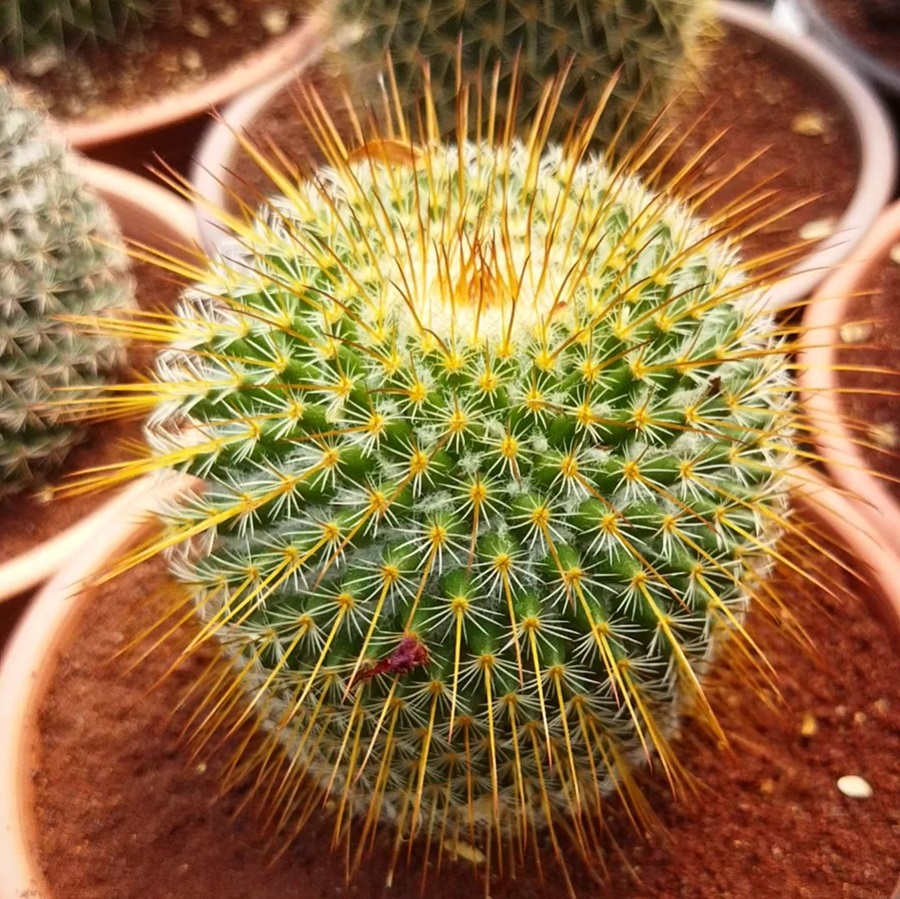
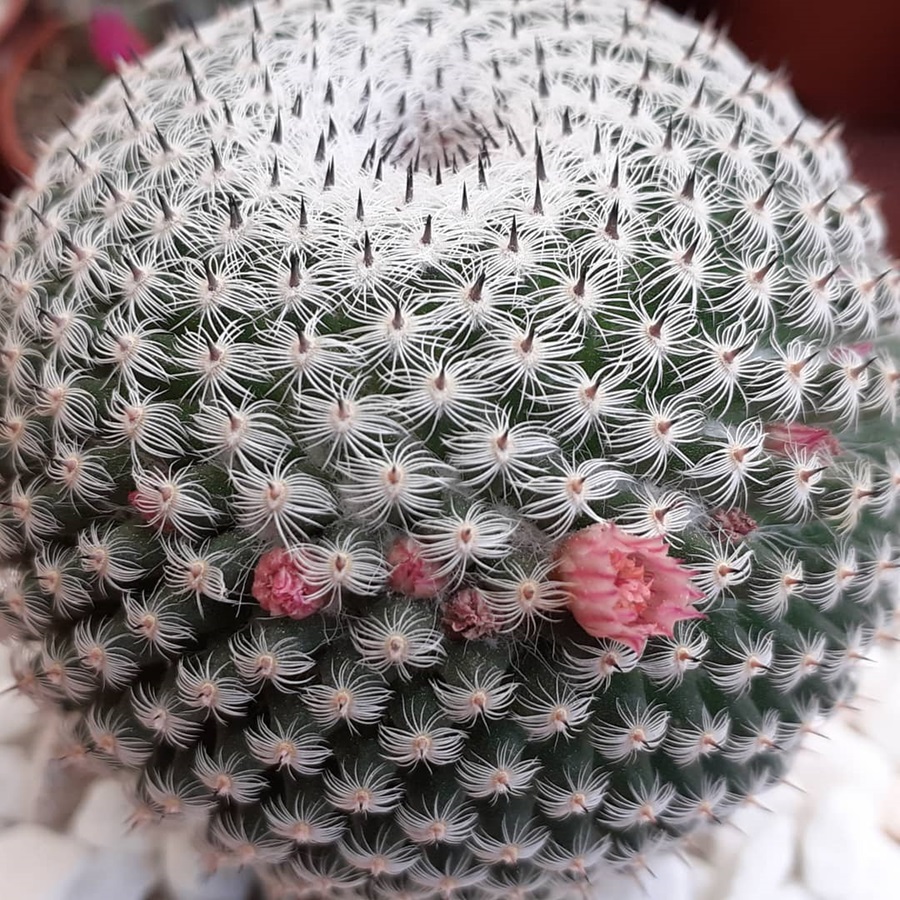
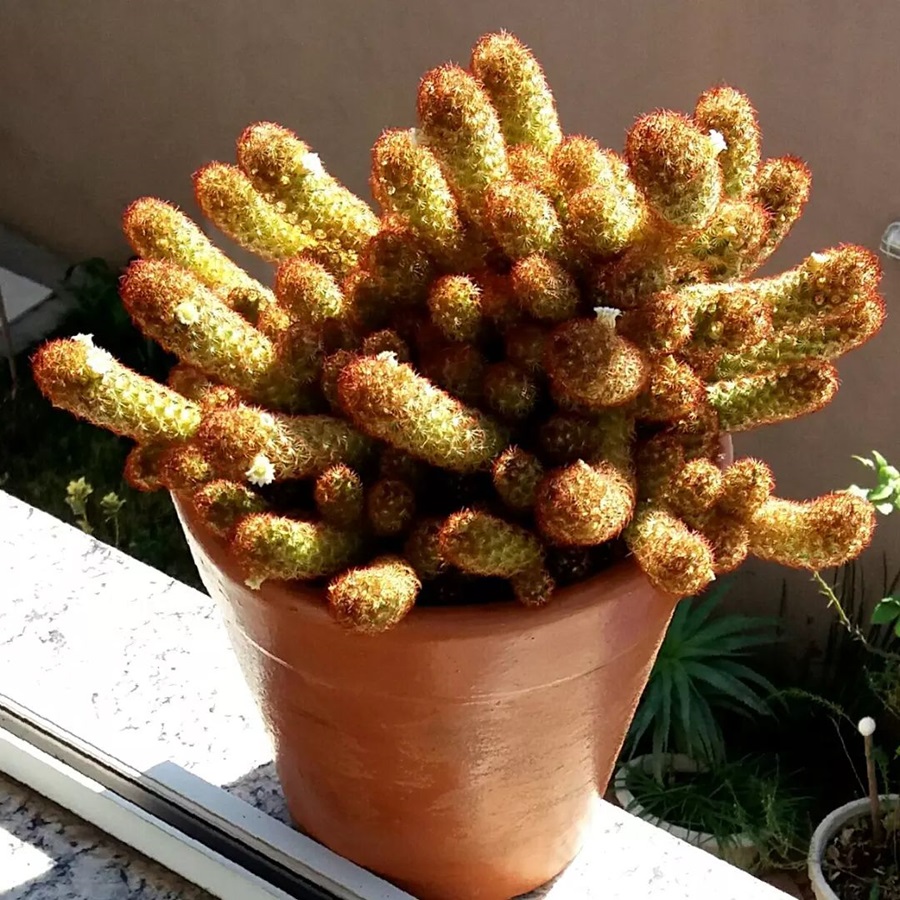
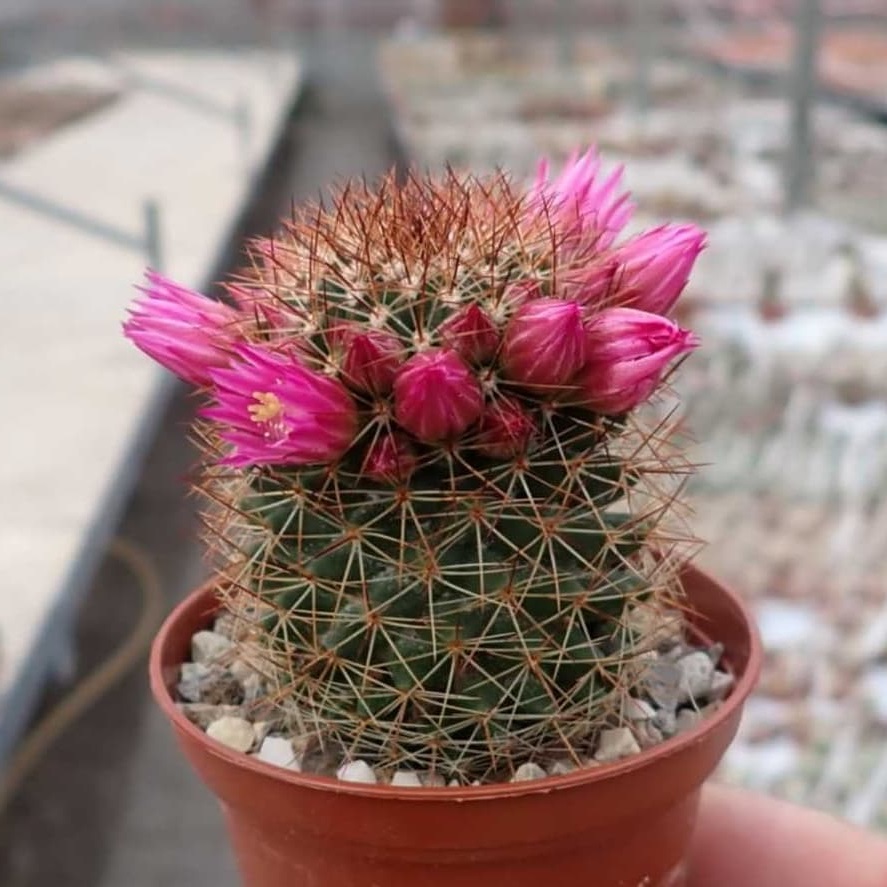
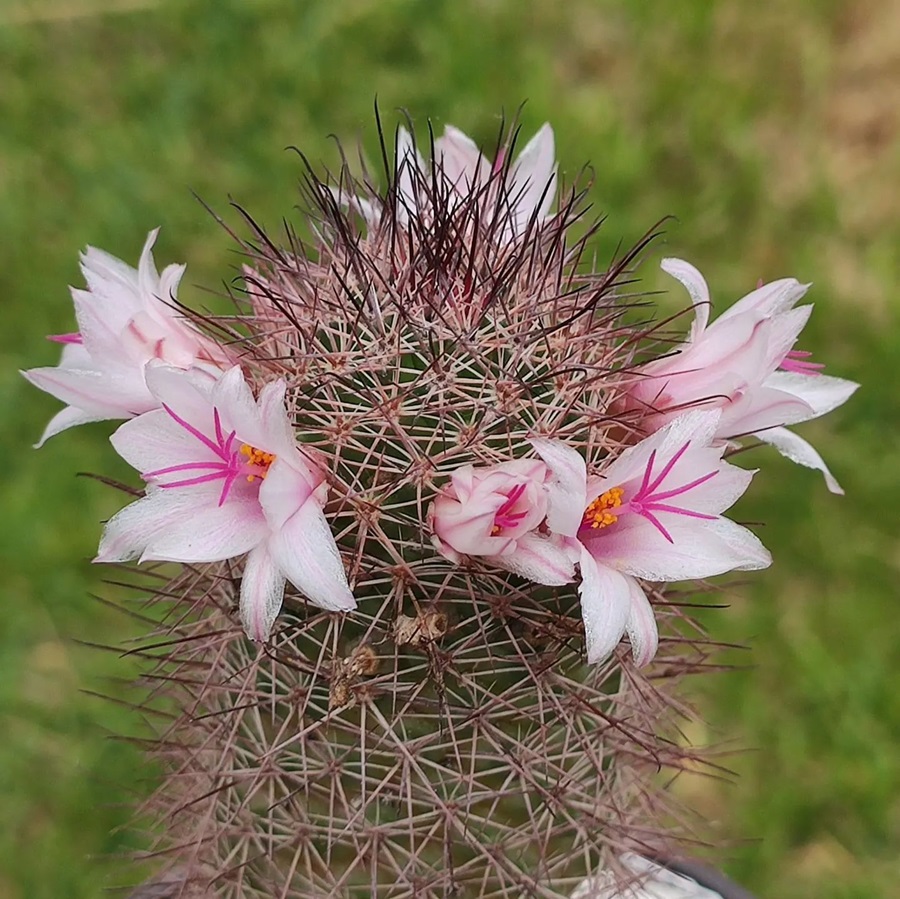
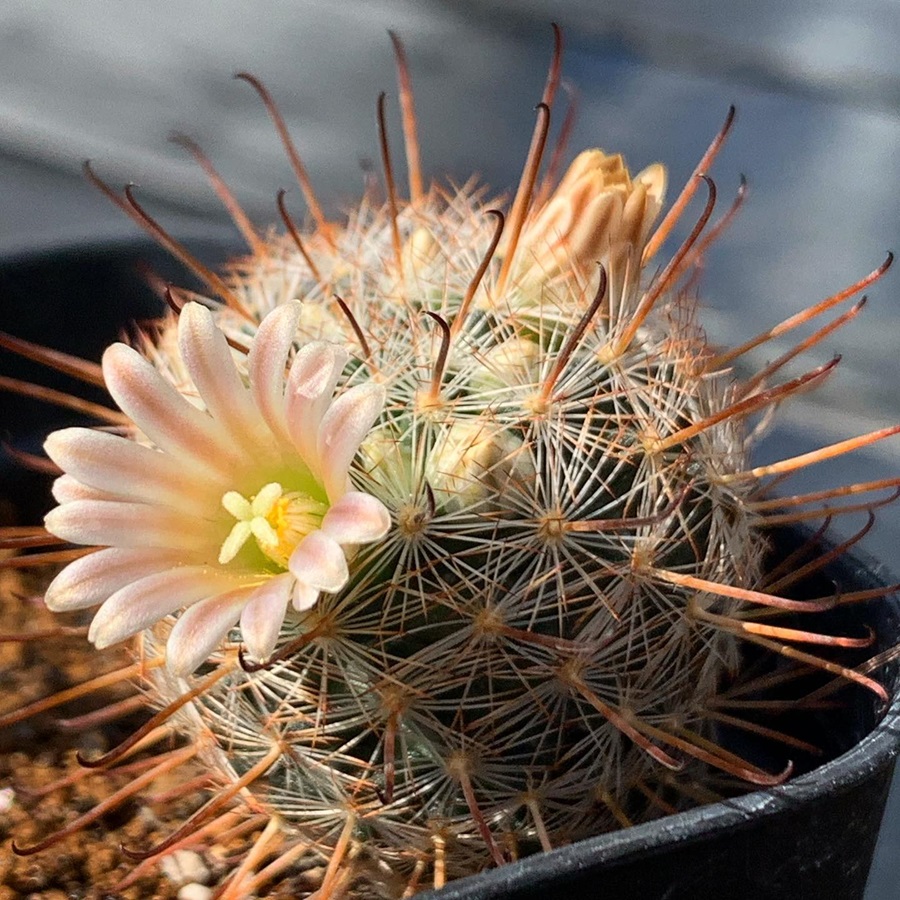
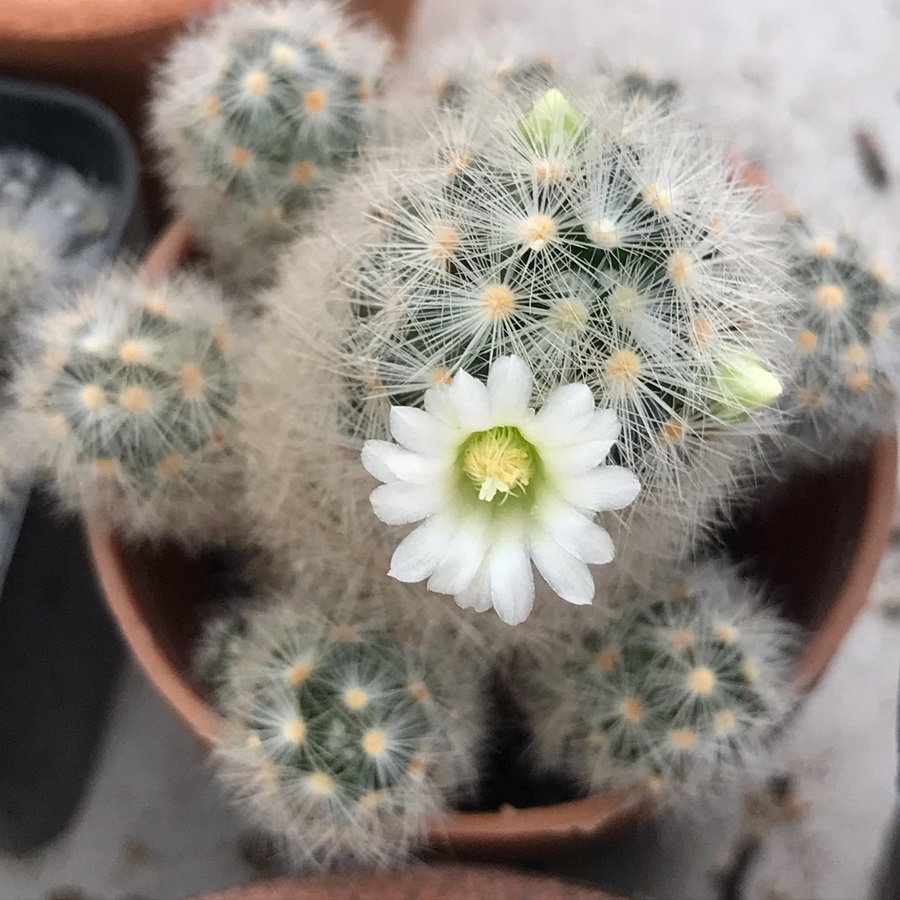
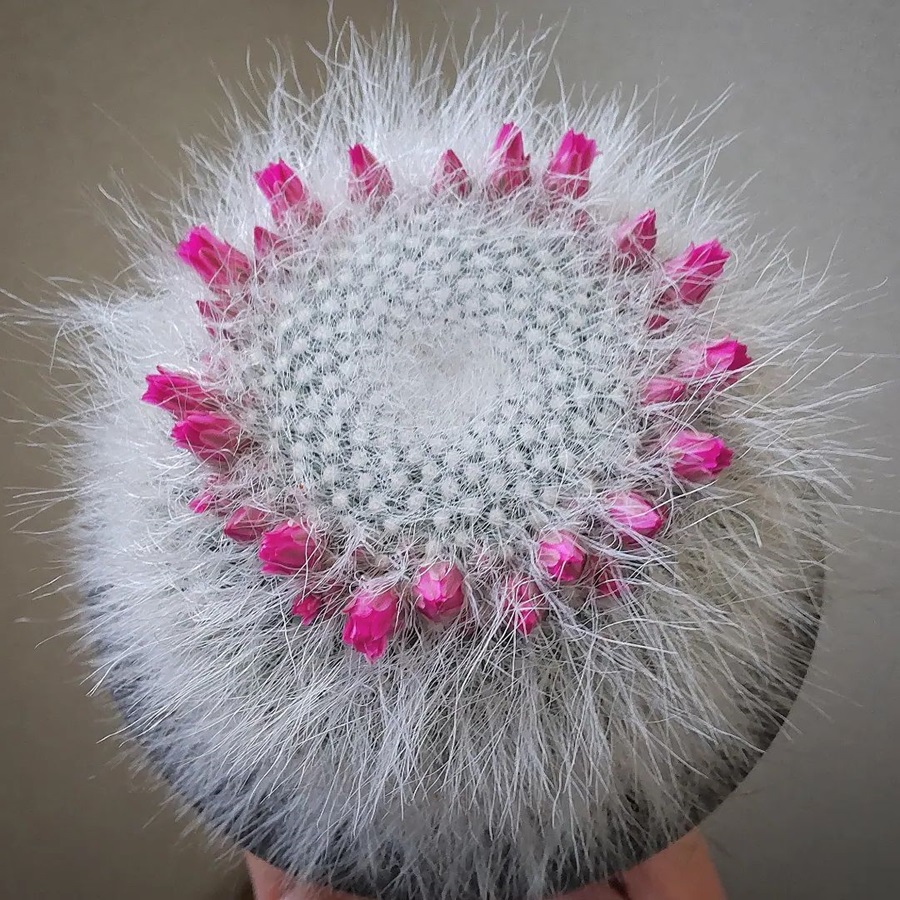
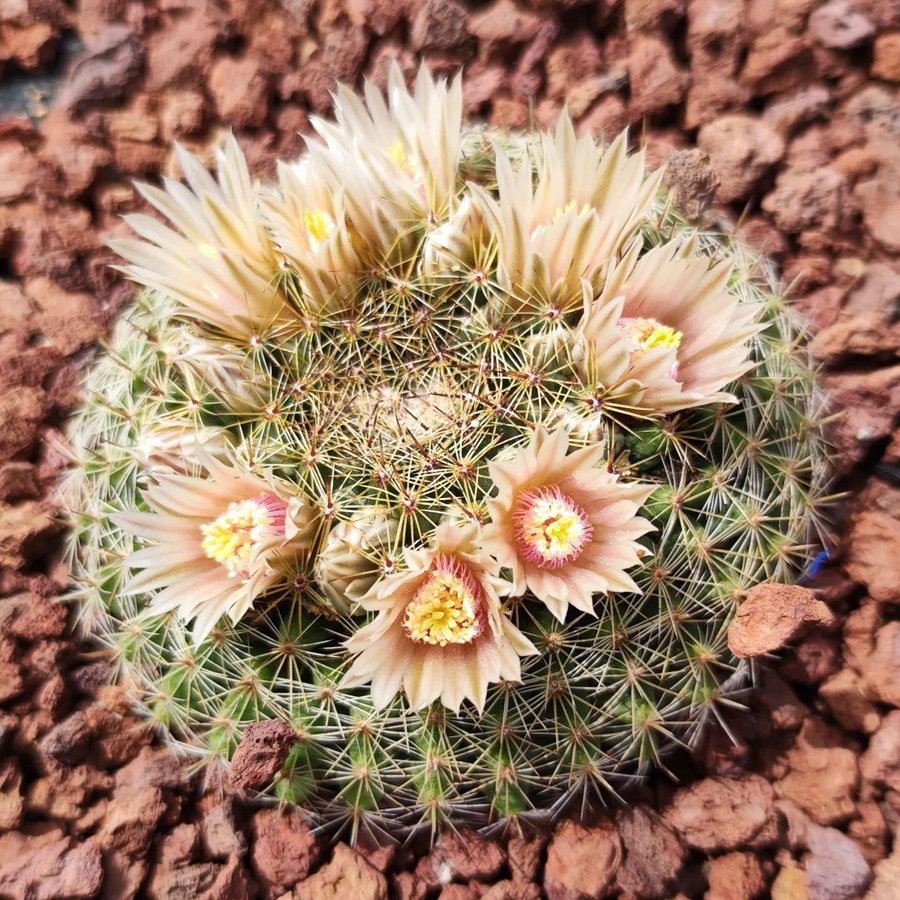
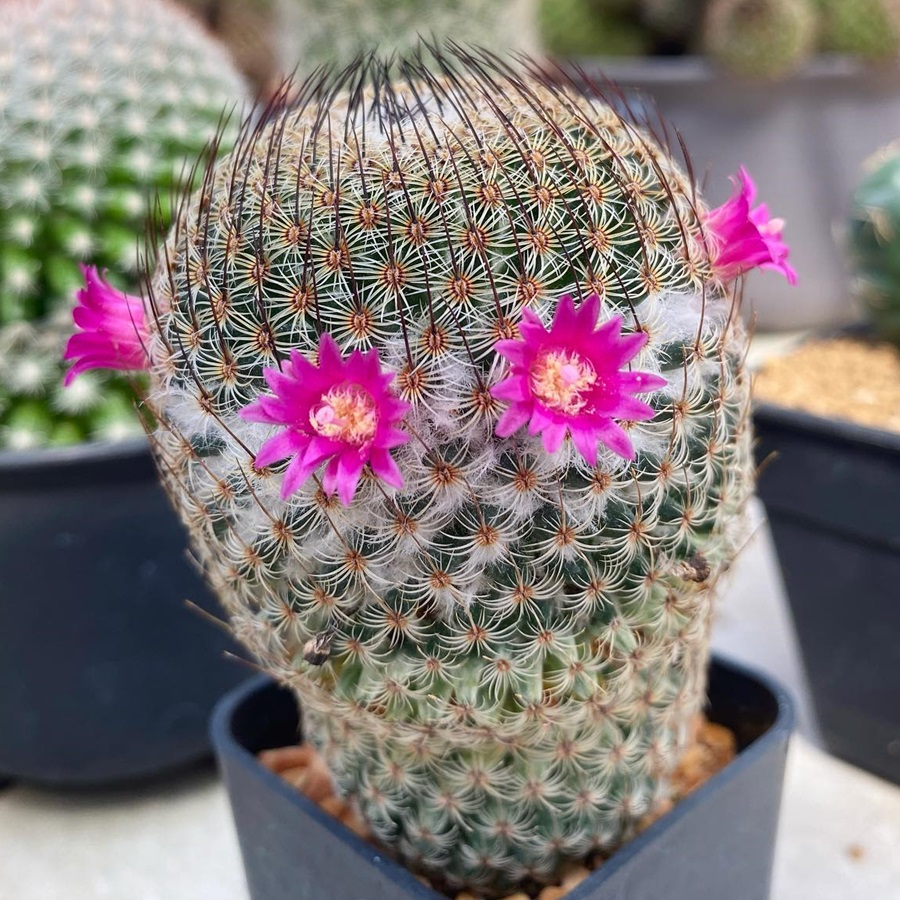
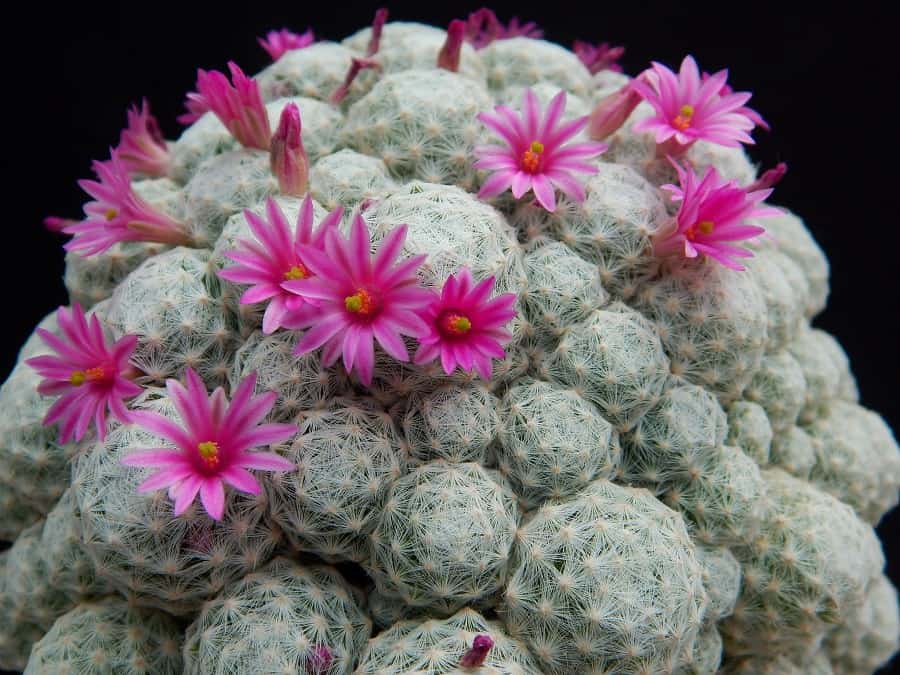
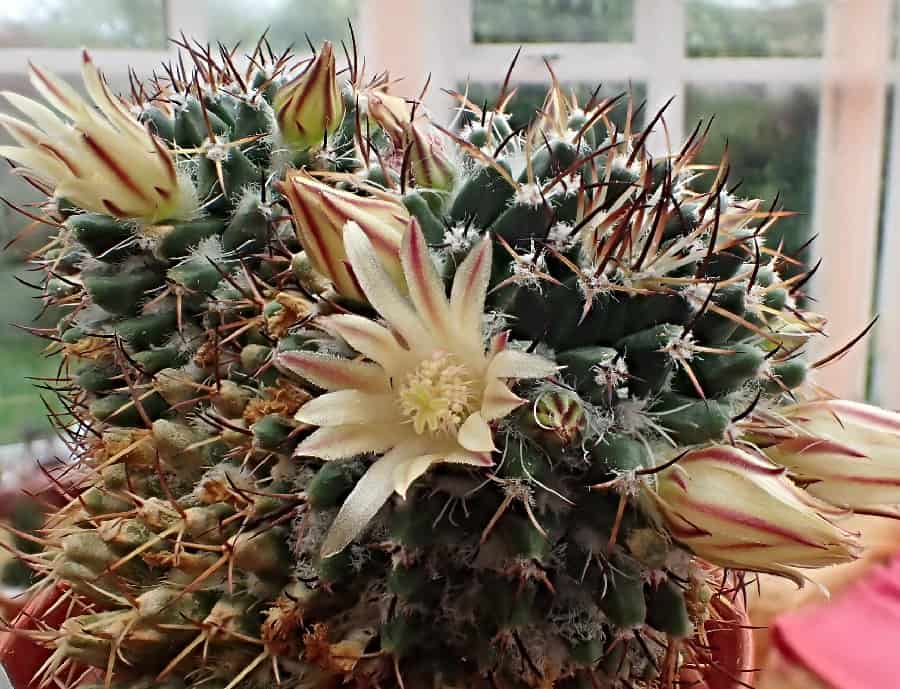
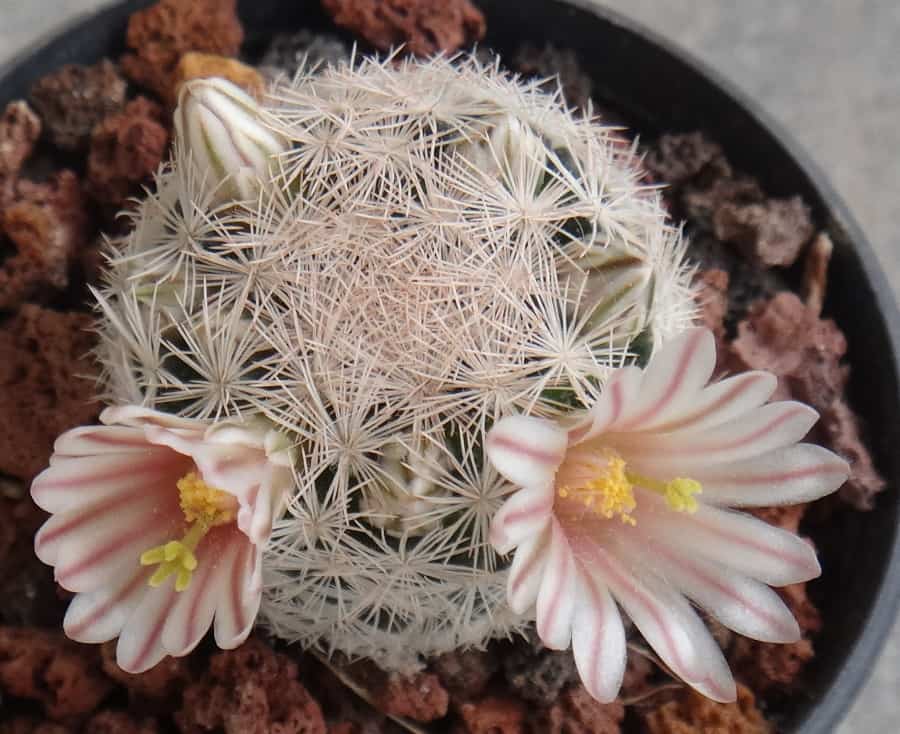
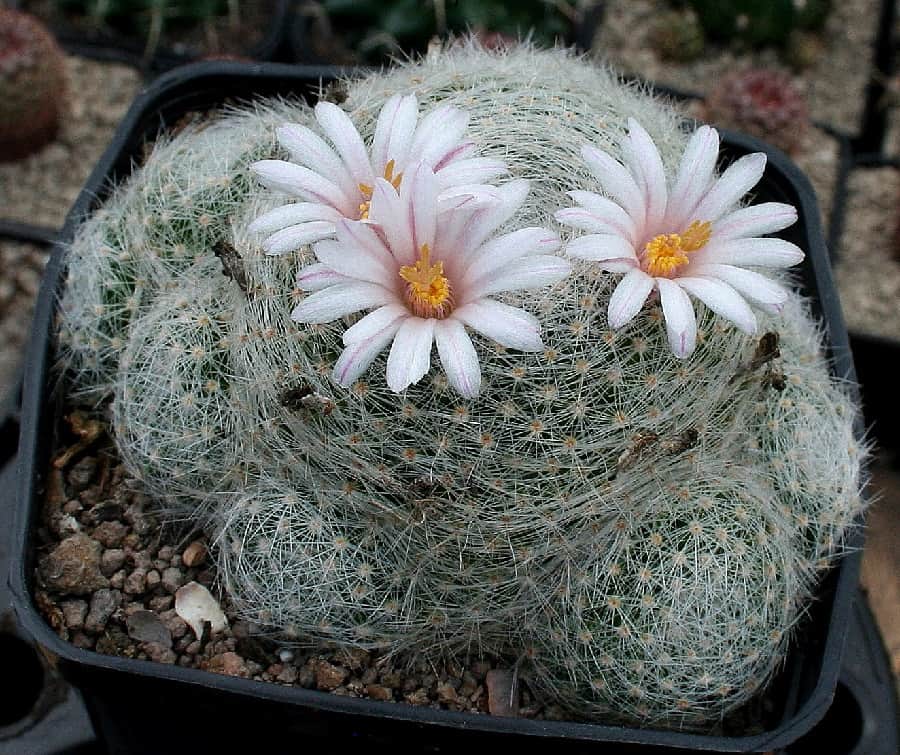
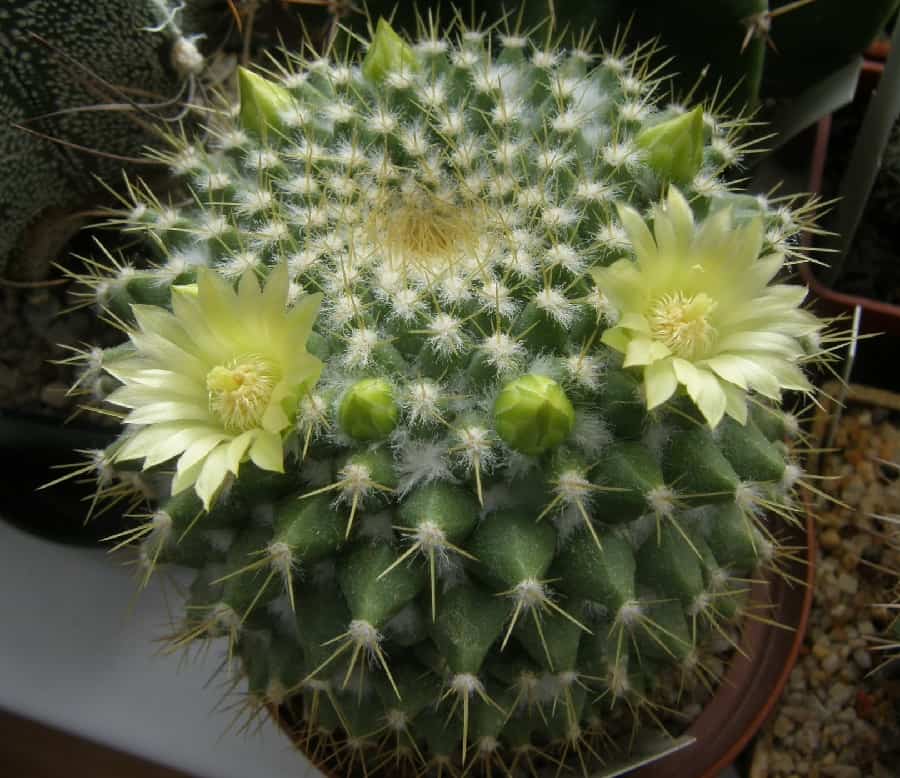
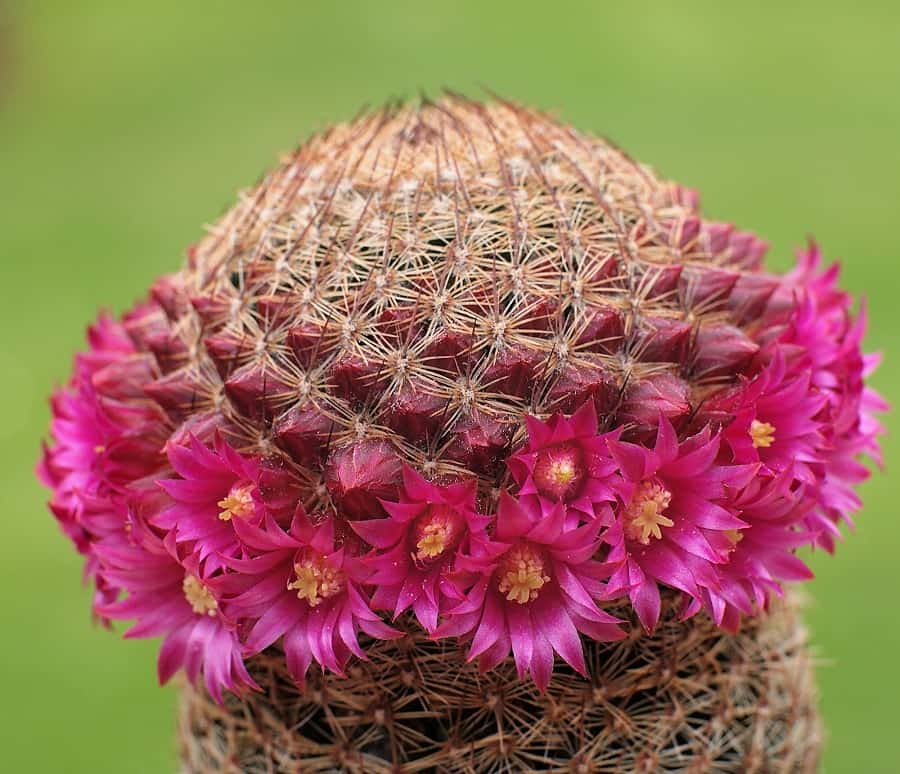
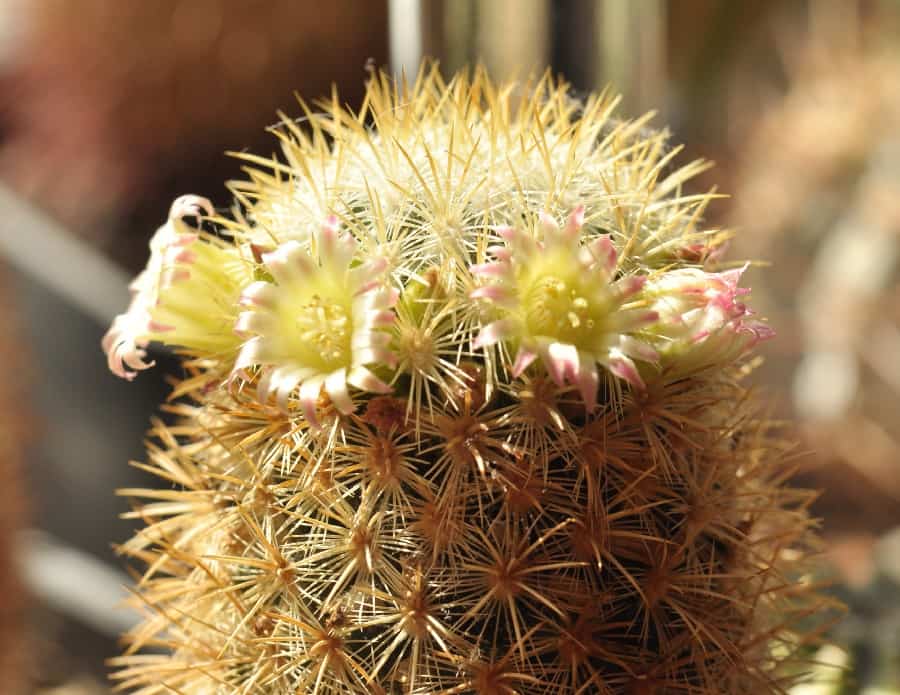
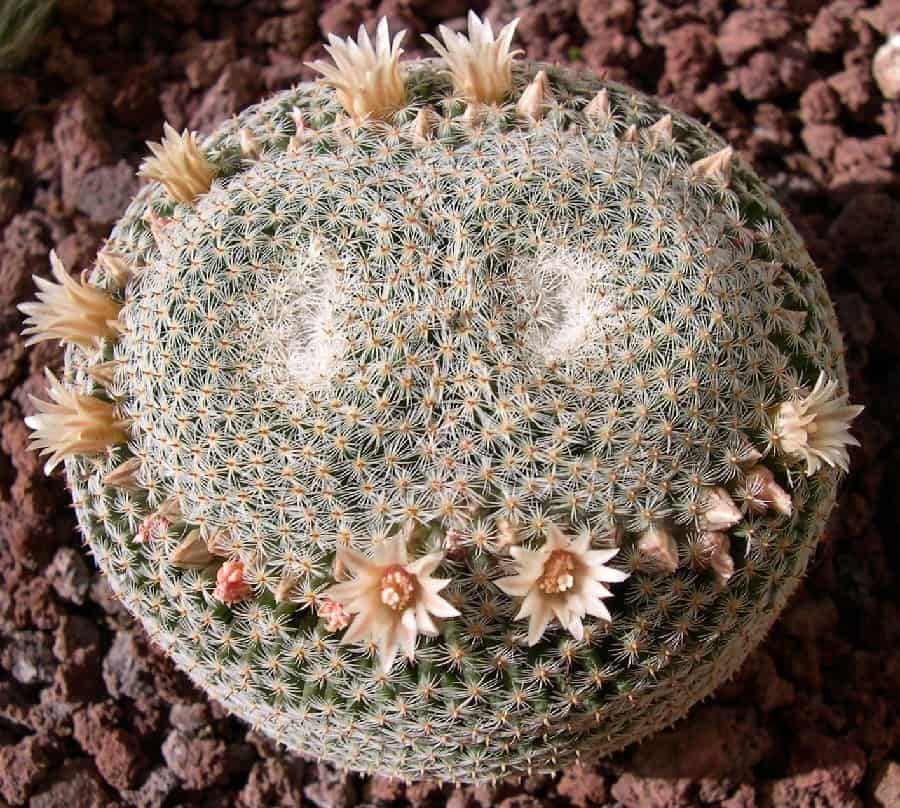
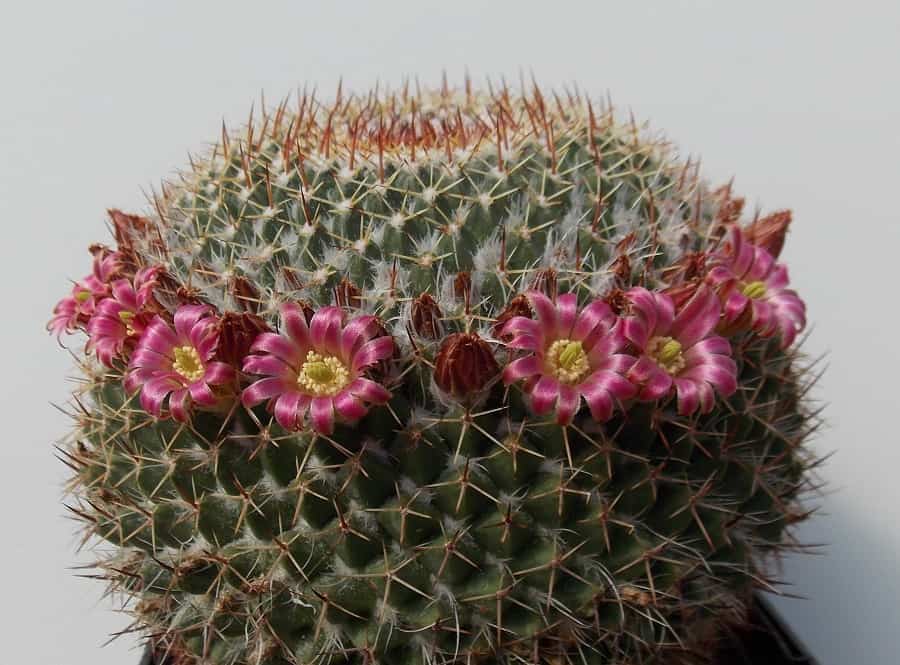
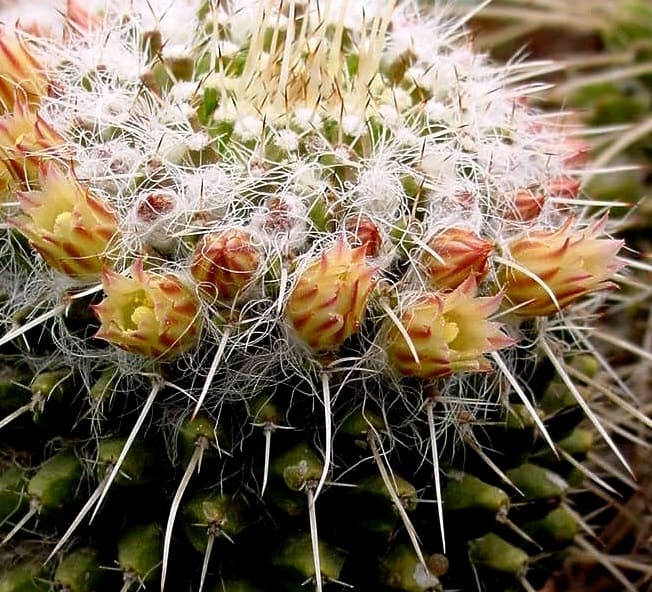
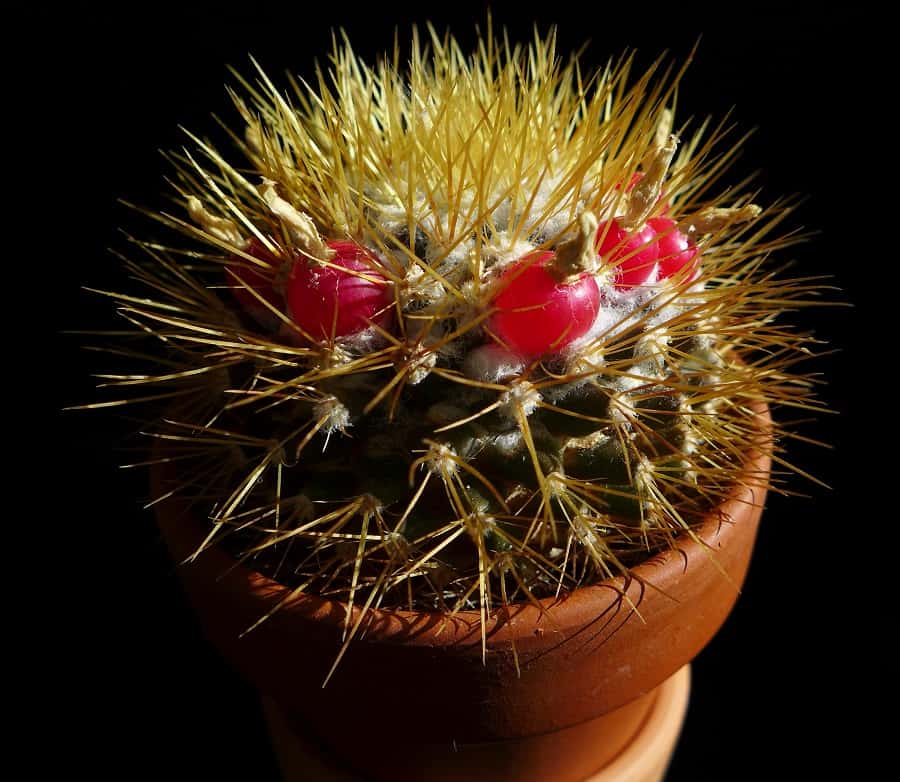
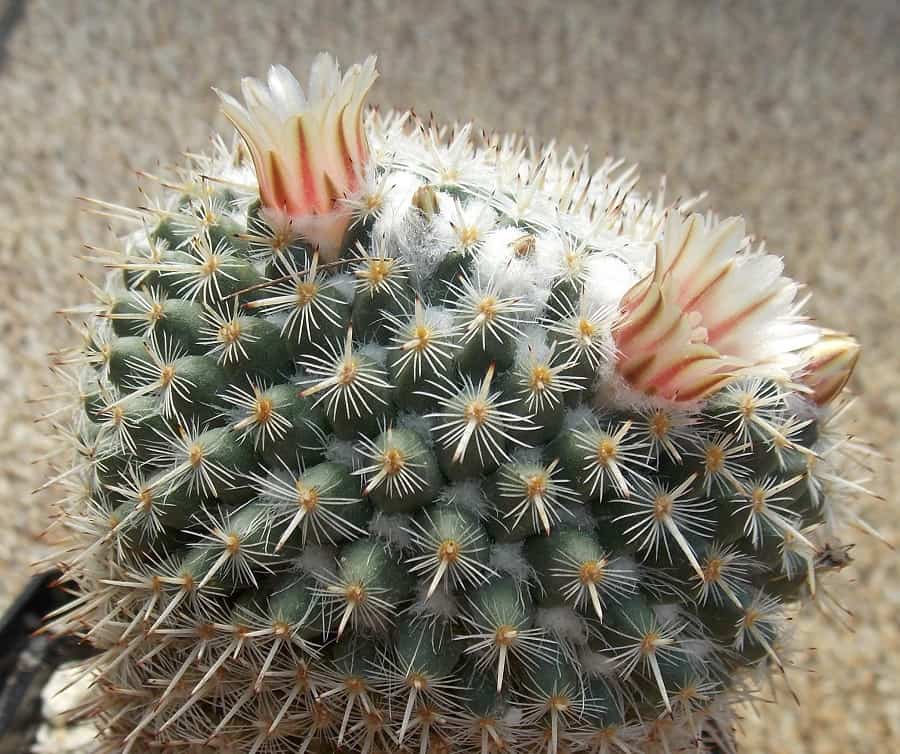
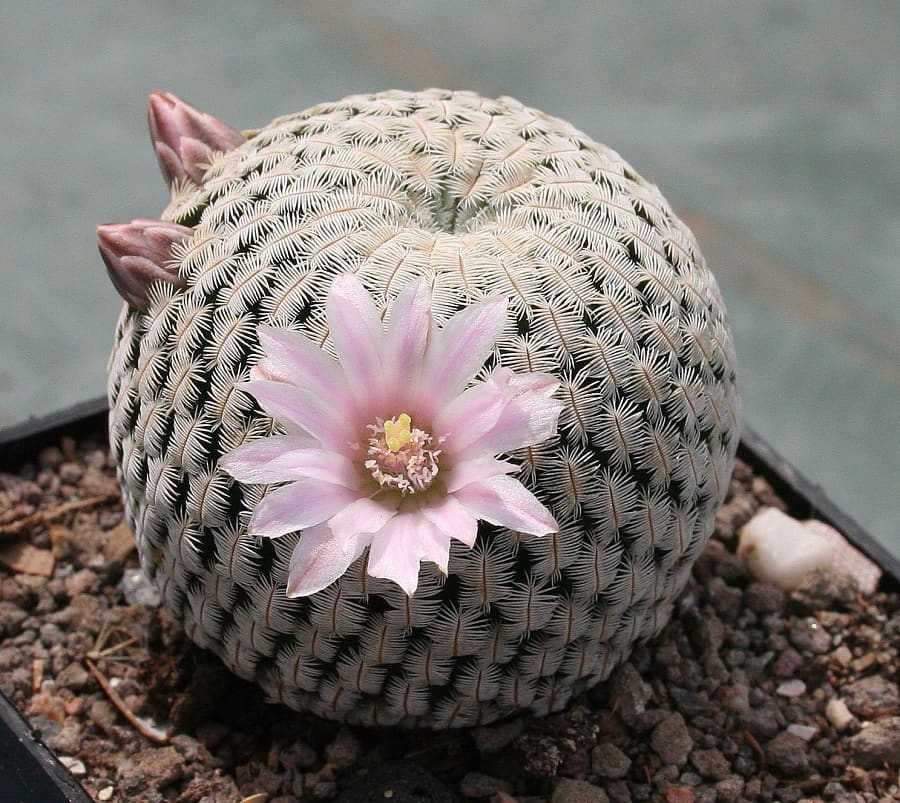
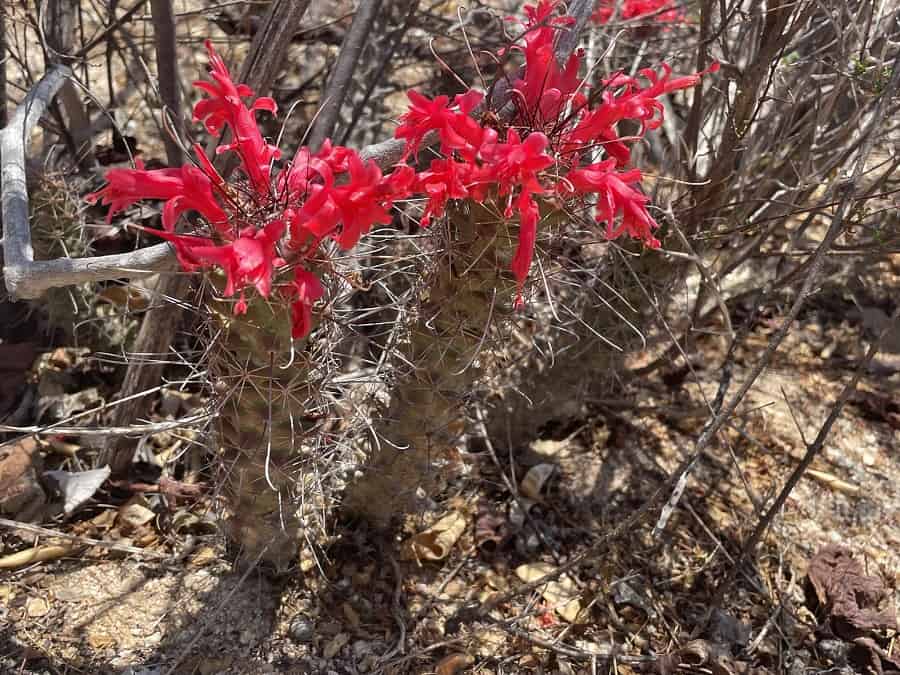
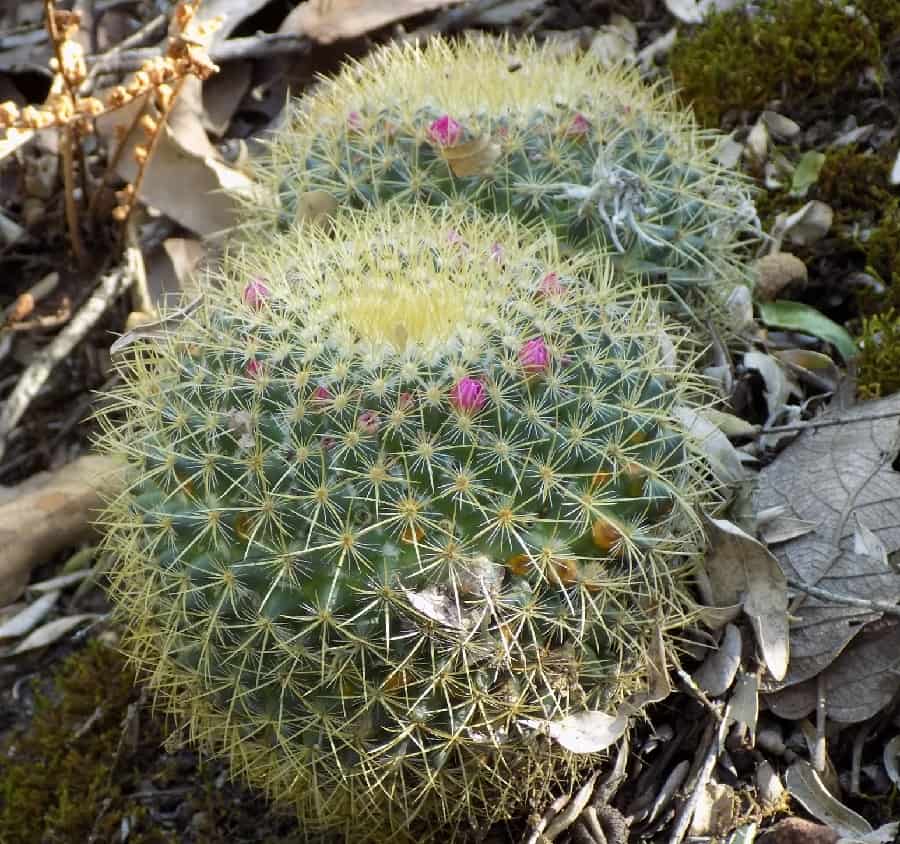
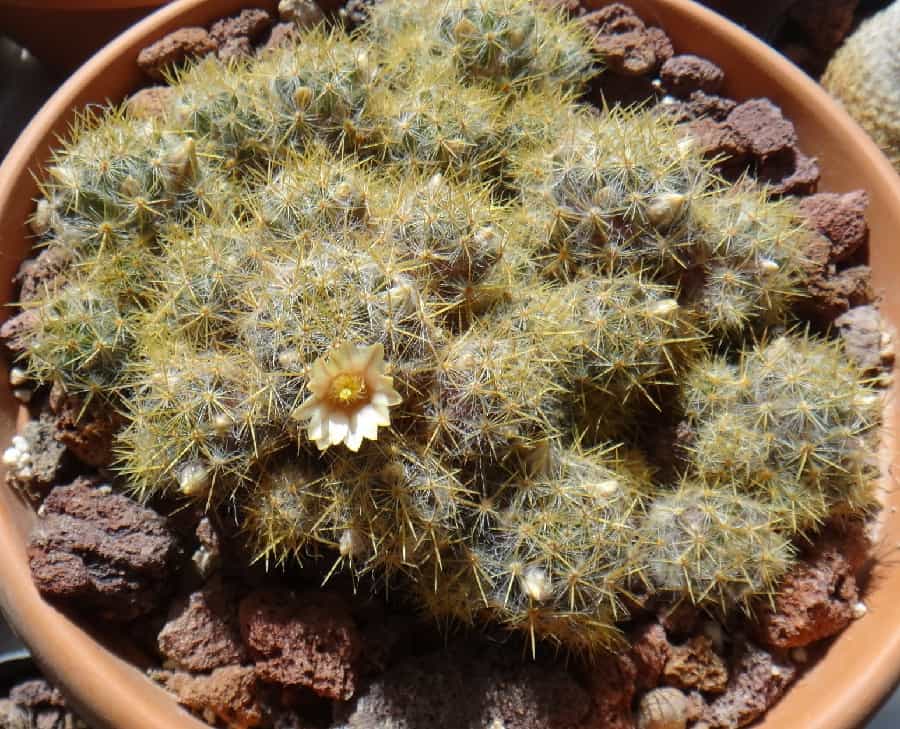
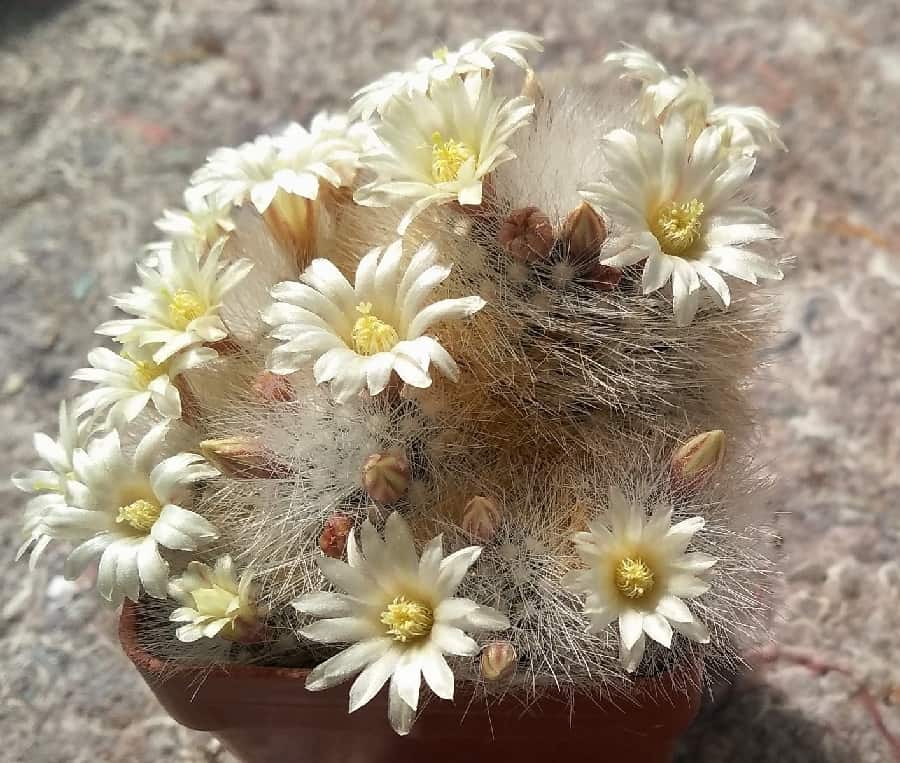
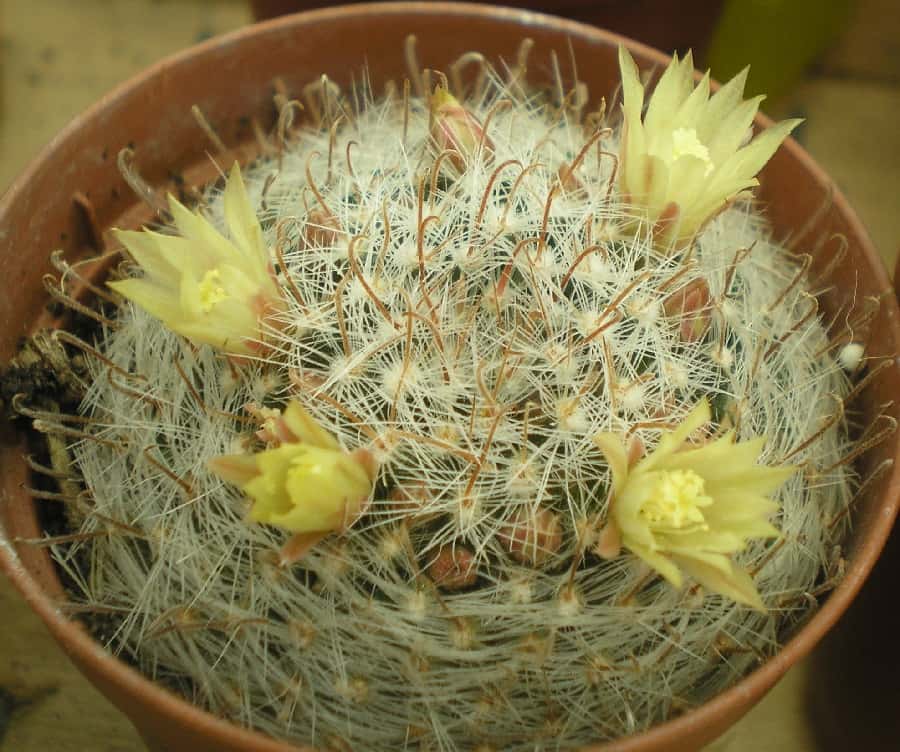
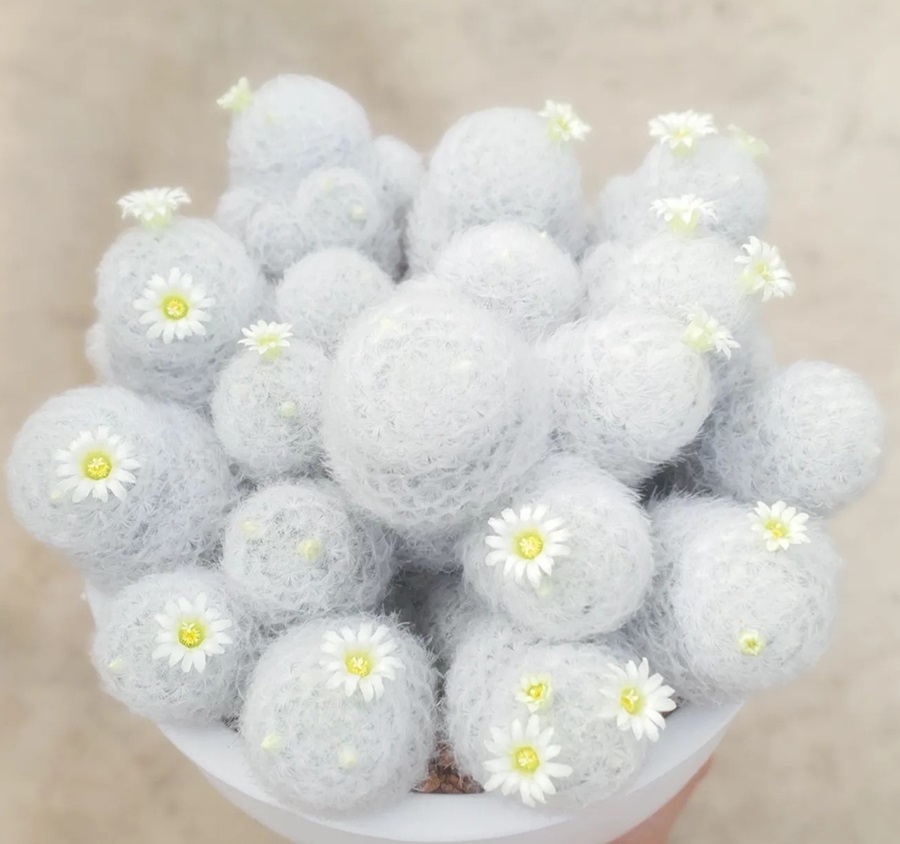
About Mammillaria Cactus
Mammillaria cacti showcase nature’s creativity at its finest. The different types of Mammillaria play a crucial role in determining their growth potential, spine variations, and the stunning array of flowers they produce. These cacti can be propagated using their brown or black seeds, which can be sown in a well-draining medium and placed under the sun with adequate moisture. Alternatively, you can propagate them by cuttings. Let’s dive deeper into the world of Mammillaria cacti care.
Mammillaria Cactus Care
Soil Medium
The key to ensuring the healthy growth of Mammillaria cacti lies in providing them with the right soil medium. Combining sand, perlite, and organic fertilizers or compost will create an optimal mix. It’s essential to achieve proper drainage, allowing the roots to breathe, while maintaining the right level of moisture. You can either create your own soil medium or purchase a high-quality mix from a store.
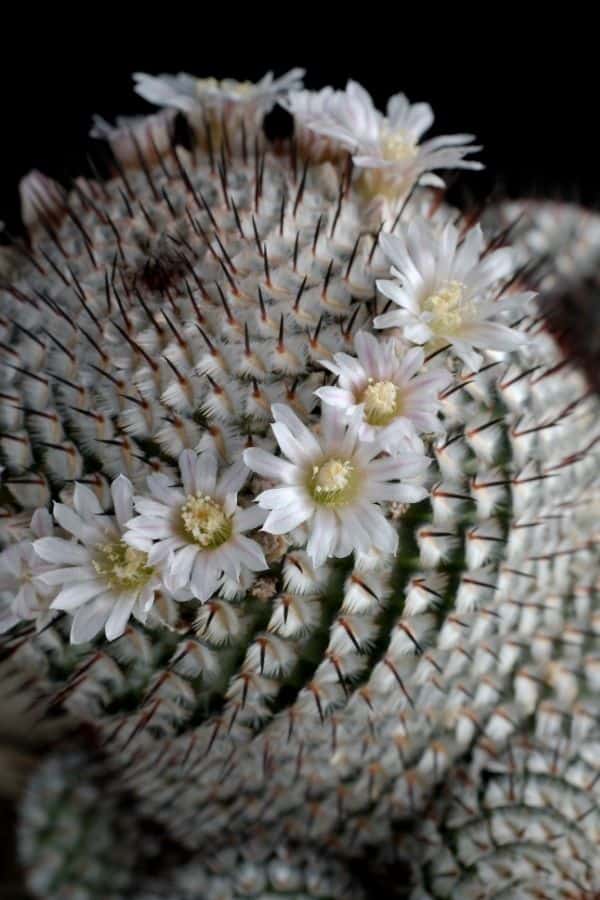
Container Size
Transplanting your cacti into an appropriate container is crucial for their development. The container should have sufficient drainage holes and be spacious enough to accommodate the seedlings. As your cactus grows, you’ll need to transfer it to larger pots, providing ample room for its continued flourishing.
Watering
Consistent watering is vital for the well-being of your cactus. Check if the plant has dried out since the last watering, and if so, it’s time to water again. Avoid excessive watering, as it can hinder growth. During winter, when cacti enter a dormant phase, it’s best to withhold watering entirely. This period of rest is necessary for the cactus to bloom flowers in the spring.
Exposure to Light
Mammillaria cacti thrive in intense light, making them perfect for outdoor cultivation. However, some species may require partial shade to prevent stress from prolonged exposure to direct sunlight. When growing indoors, ensure they have access to sufficient light through windowsills, balconies, or with the help of grow lights. Gradually increase their exposure to sunlight for healthy growth and survival.
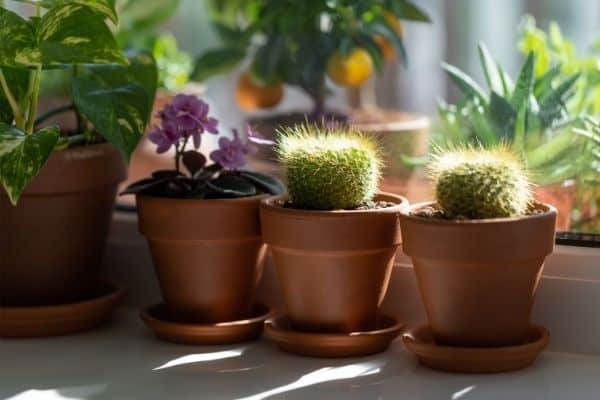
Exposure to Heat
Mammillaria cacti flourish when exposed to temperatures between 70-80 degrees Fahrenheit. During the winter months, they can tolerate slightly lower temperatures, but if it gets too cold, it’s advisable to bring them inside. Consider providing additional heat sources if the natural temperature is insufficient for their optimal growth.
Fertilization
Regular fertilization is a vital aspect of Mammillaria cactus care. During the germination and growth stages, carefully select water-soluble fertilizers with a balanced nutrient composition. Avoid excessive nitrogen content and opt for those enriched with phosphorus. Remember, during winter dormancy, fertilization is unnecessary as the cacti do not require intense nourishment during this period.
Changing Containers
As your Mammillaria cacti grow, you’ll need to periodically transplant them into larger pots. This process ensures they have ample space to continue their healthy development. Remember to transplant when the soil is dry, be gentle when handling the roots, and avoid watering for a few days after transplantation to minimize stress on the plant.
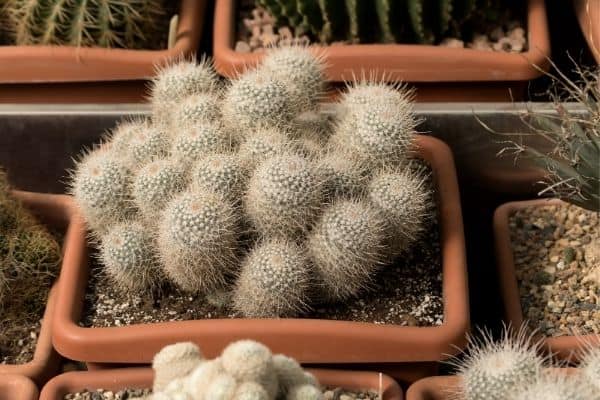
Preventing Pests and Fungi
Vigilance is key when it comes to protecting your cacti from pests and fungi. Pests can hide among the spines or beneath the soil, so maintaining good growing conditions is essential. If an infestation occurs, rubbing alcohol can help combat pests effectively. Fungi and bacteria thrive in unclean pots, excessive moisture, and improper watering techniques. Promptly remove any infected areas, as fungi can spread rapidly and, in severe cases, lead to the demise of the plant.
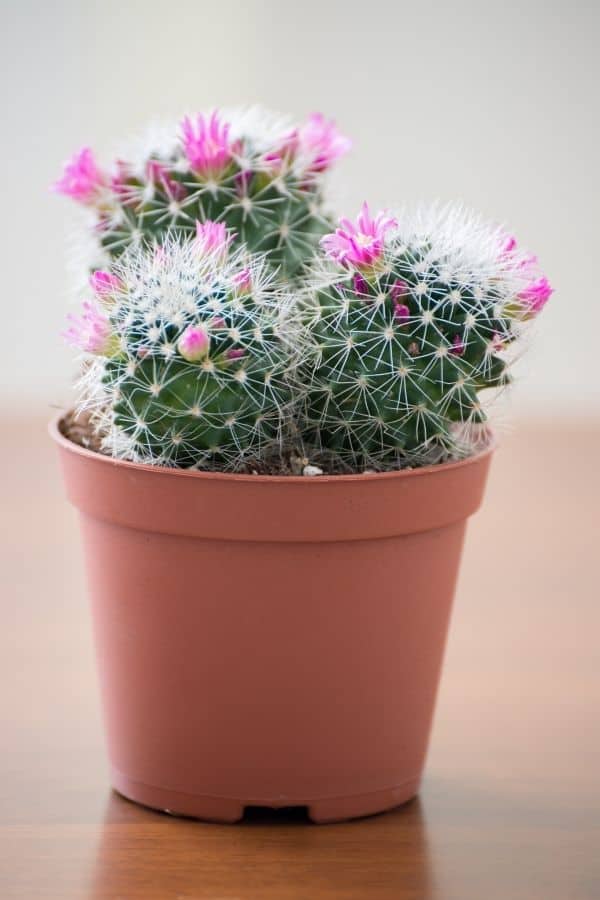
Stay Sharp
Now that you’ve acquired valuable insights into the care requirements of these remarkable succulents, it’s time to put your knowledge into action. Whether you’re an enthusiastic plant lover or a new plant parent, cultivating Mammillaria cacti can bring joy and beauty to your life. By providing them with the right balance of light, heat, water, and nutrients, you can ensure their sustained vitality. Remember to change their pots every few years, allowing them to thrive and reach their full potential.
Mammillaria cacti do not demand excessive maintenance beyond the basics. Stay attentive, care for them consistently throughout the year, and grant them the winter rest they deserve. In return, they will reward you with their striking presence and the breathtaking display of flowers each spring. So roll up your sleeves, follow these care guidelines, and help your Mammillaria cacti stay sharp and flourish in all their natural magnificence!
